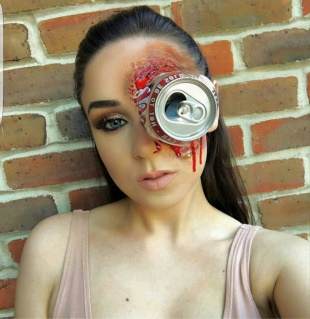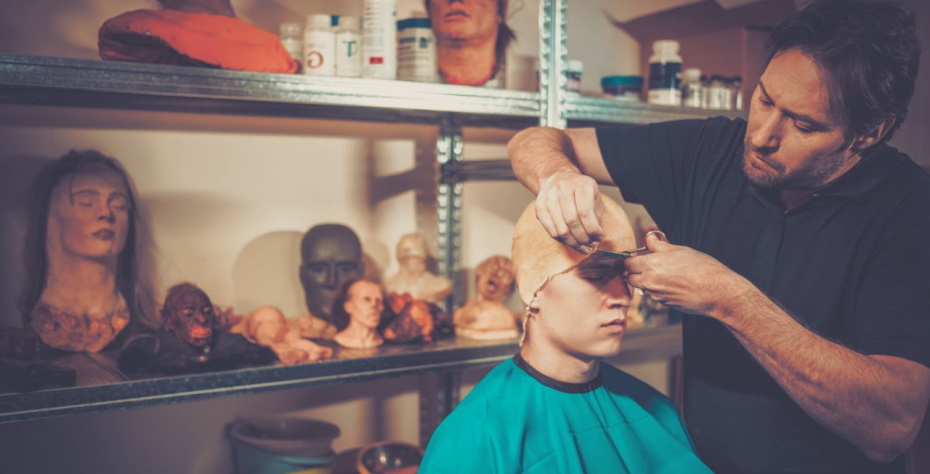Stage makeup is a specialized skill that requires transforming into something completely different in just hours. Whether you’re playing an older woman or an animal, having solid skills in special effects makeup will open up more roles for you and allow you to take on more challenging parts. This article will go over some of the basics for enhancing your character’s appearance with theatrical makeup.
Everyone wants to look their best on stage, but theater actors must go above and beyond. The makeup that is worn for theatrical productions is called stage makeup or theatre makeup. Stage makeup can create a wide variety of looks for the actor’s character, whether it be evil, crazy, dramatic, or something else altogether.
Theater actors often use special effects to get into character with their costumes and makeup; these are just some examples.

Different types of special effects makeup
Theater actors often use special makeup effects to transform into their characters. This is a guide on how to do that in the theater. To look like your character, you must find out their skin tone and where their natural hairline is located. It is also important not to forget any eyelashes or eyebrows. You will need white face paint, black eye shadow, red lipstick, blue eyeshadow, brown mascara, and a foundation for this process. The most challenging part about creating a convincing mask is blending it with your skin tone to look real enough but not too dark or too light for your complexion. You can also add some glitter dusting powder for extra sparkle.
Most theater actors are not trained in how to apply special makeup effects for stage. Instead, they may only have the basic knowledge of theatrical makeup, which they use on their face each day to perform.
Create a striking stage makeup using these easy steps
 If you’re an actor in the theater, chances are makeup is not your forte. However, some basic techniques can be used to apply different effects, whether due to lack of training or just a preference for what looks natural. We will cover creating realistic wounds and bruises on stage with cosmetics only so you don’t need messy stage blood. Alternatively, if you prefer less-realistic makeup but still want something more than just foundation and powder, we will also show how to use these same techniques for scars or other injuries. The first step is always the same: clean skin thoroughly before beginning any work.
If you’re an actor in the theater, chances are makeup is not your forte. However, some basic techniques can be used to apply different effects, whether due to lack of training or just a preference for what looks natural. We will cover creating realistic wounds and bruises on stage with cosmetics only so you don’t need messy stage blood. Alternatively, if you prefer less-realistic makeup but still want something more than just foundation and powder, we will also show how to use these same techniques for scars or other injuries. The first step is always the same: clean skin thoroughly before beginning any work.
Special makeup effects for the stage can be a bit tricky. First, you have to find the right balance between being realistic and theatrical, so your audience is intrigued but not scared away by what they see on stage. This means you need to use a different approach than movie or TV actors, who rely more on visual effects technology that can look photorealistic from far away or in close-ups. On stage, the audience is usually sitting much closer to the actor playing the monster or zombie, which means if their makeup looks too fake, it will take them out of the moment and ruin everything. So how do you achieve this effect? There are several key things you’ll want to think about when coming up with your designs.
